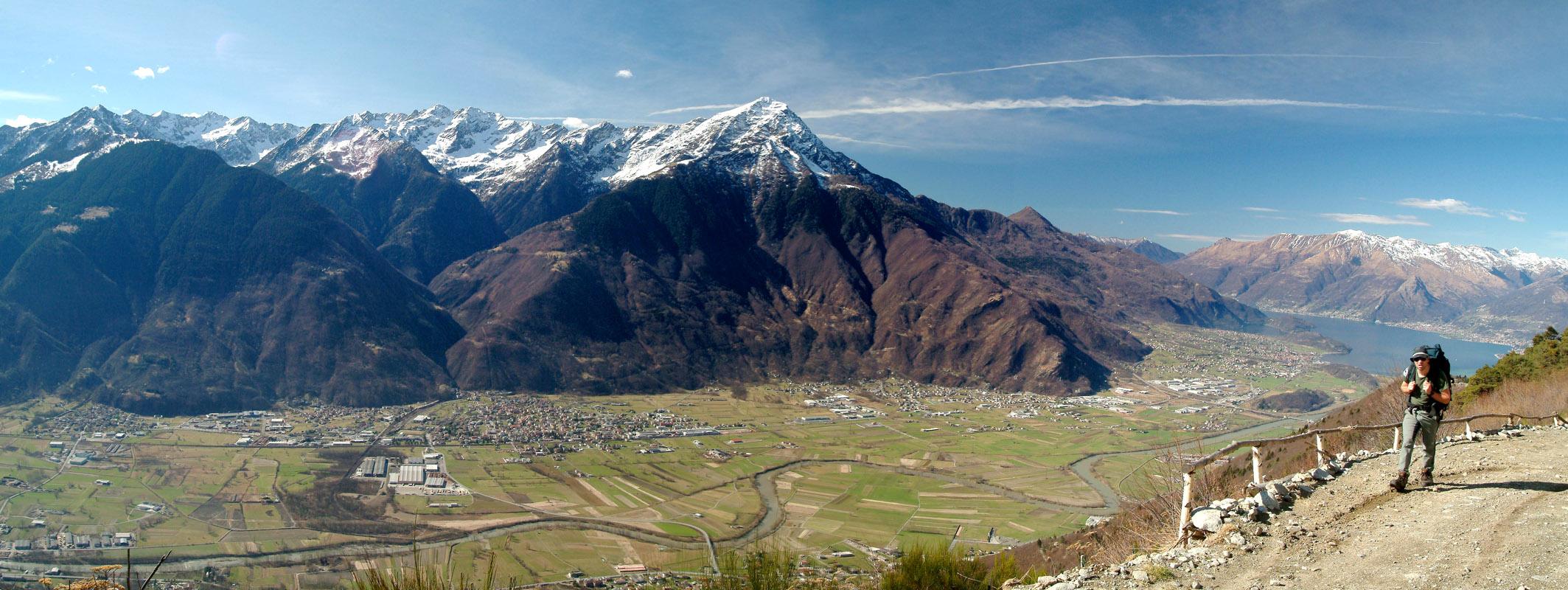The northern side of Lake of Como, also known as Lario is a region rich in history and nature. The uncontaminated beauty of the landscape, gives to the region a strong identity which distinguishes it from other neighbouring areas. The territory consists of two very different areas: the lake and the mountains.
These two realities seemingly unrelated, are instead strictly connected one to the other. Diversity is the common denominator of the region and a meeting point of different lifestyles which thanks to their differences don’t isolate themselves, but on the contrary, they seek a common identity in order to imagine always a better future. It’s an area which, even if not so large, is full of history, art and typical Lombard traditions.
Even the most inattentive man cannot help but notice with emotion the human and cultural values inherited from the past that we find in the churches (very beautiful and famous paintings of Fiamminghino), in the “Strecce”, on the house walls, in the “gesioe”, in the “santelle”, in the small villages perched on the mountains, in the old streets, in the woods, pastures, traditions, folklore and local crafts.
An incredible historical, artistic and religious heritage links the past to the present. On the eastern side, in the village of Colico, an ancient Spanish military garrison, you can see the remains of the fort Fuentes, the fort Montecchio and the famous Abbey of Piona. Further south, the ancient medieval village of Corenno Plinio with its castle, seems to bring us back in time.
On the western side of the lake, an area of harsh beauty, we find the villages of Dongo, Gravedona and Sorico that once formed the medieval republic “Le tre Pievi” that had a important role in the history of the wars between the Lombard “Comuni” and Barbarossa.
There are many artistic evidences of the glorious past. On the winding shores we find the villages of Dongo, Gravedona, Domaso, Gera Lario, Sorico. On the opposite shore the village of Colico nestled on the foot of the imposing Mount Legnone which, with its rock barriers forms a natural bay: the bay of Piona.

 Contact us now to book your fabulous holiday on the shores of Lake Como.
Contact us now to book your fabulous holiday on the shores of Lake Como.